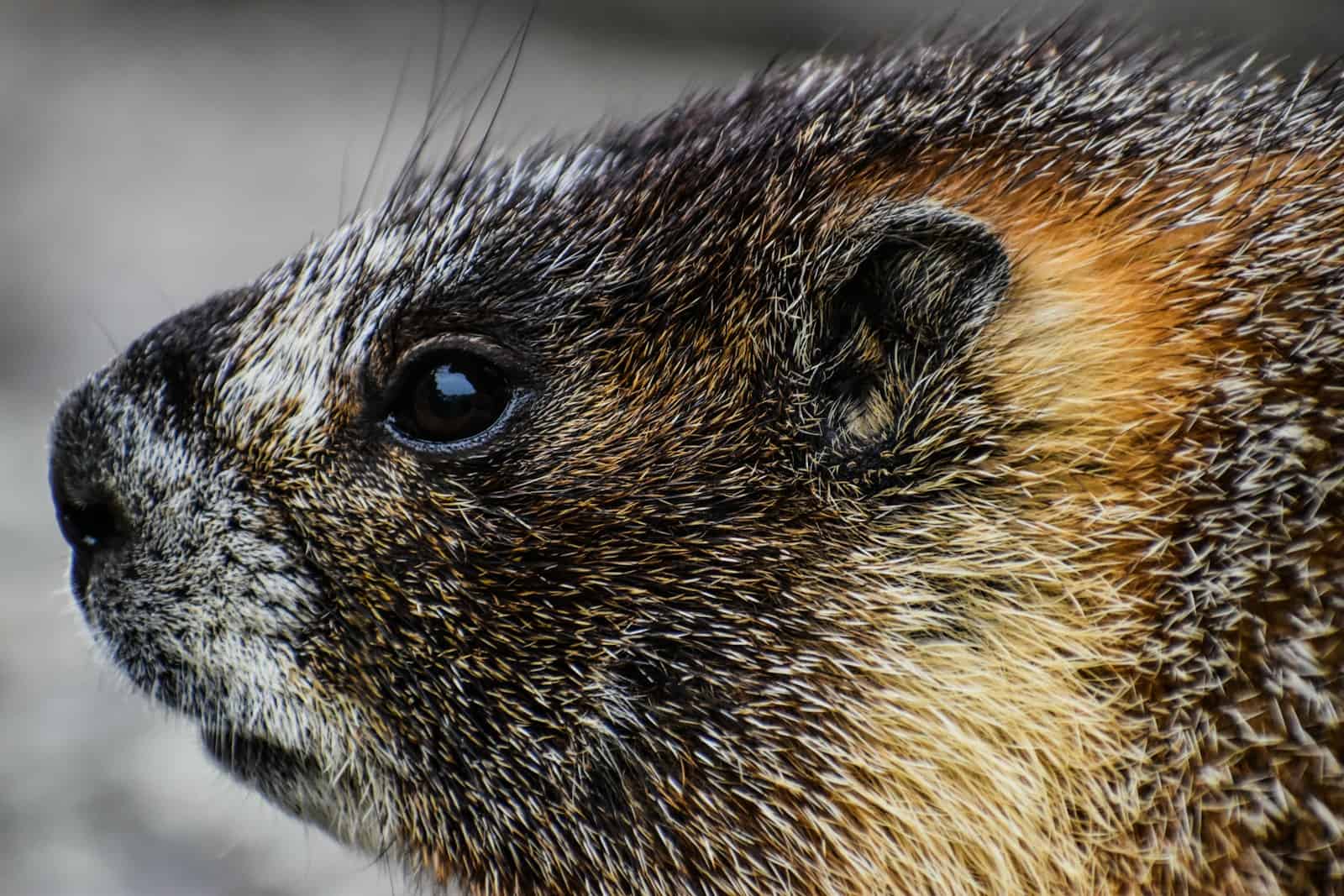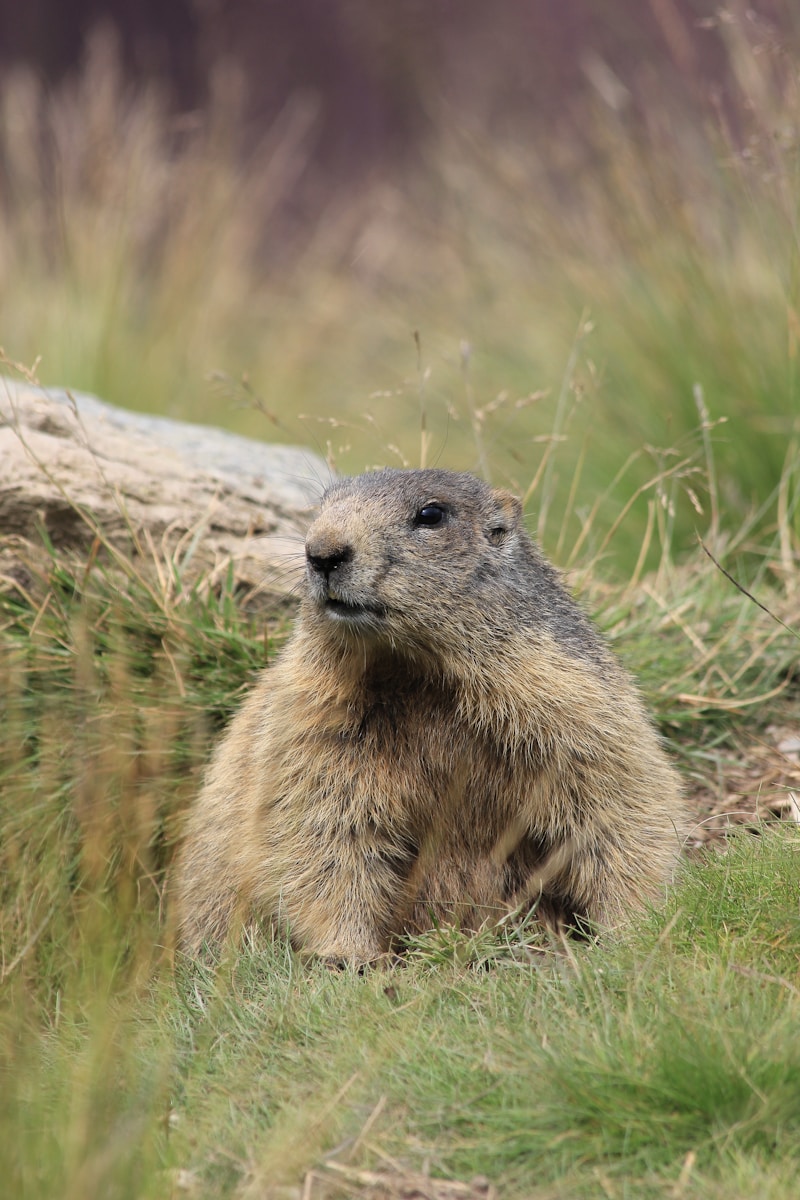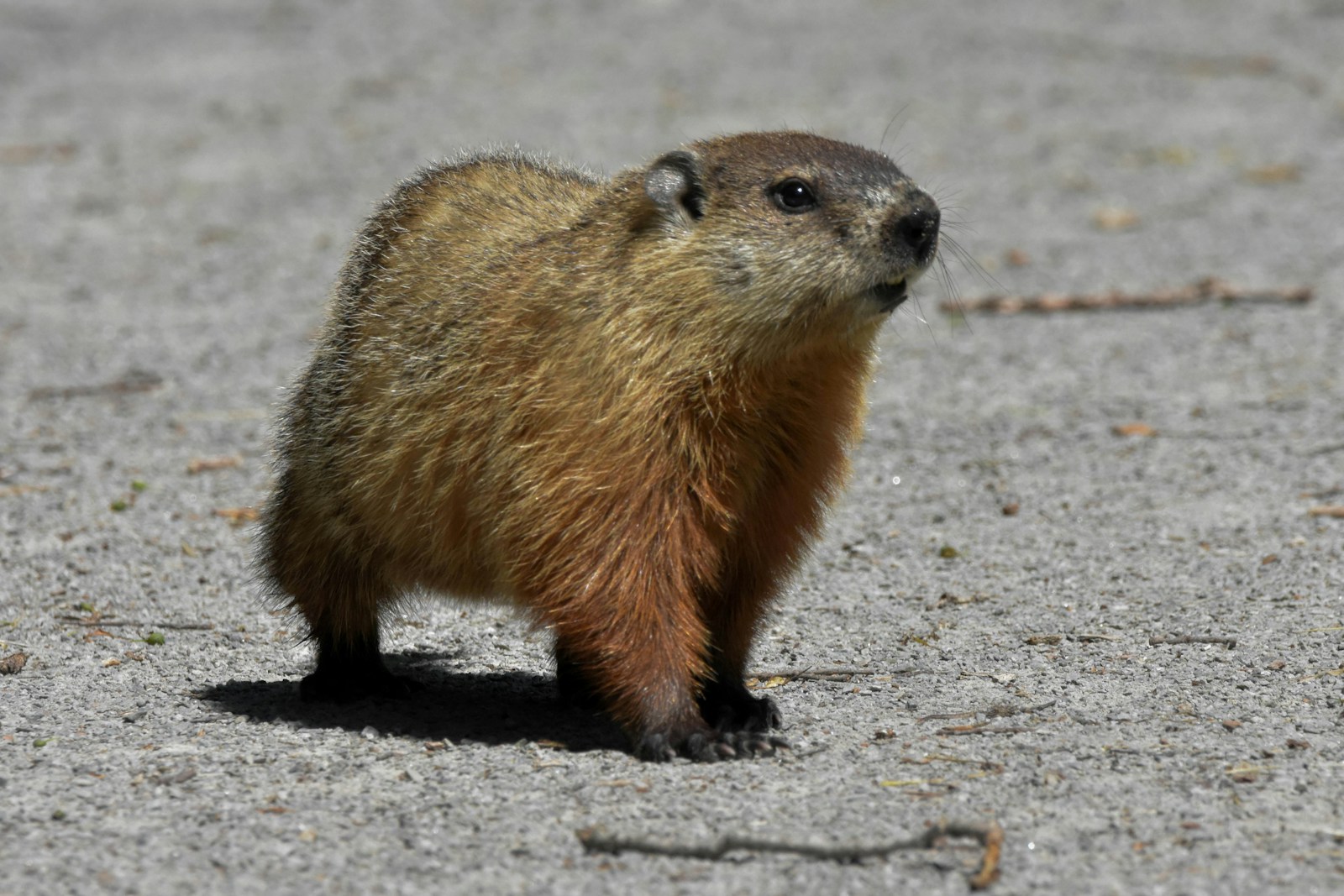Marmots and groundhogs are often mistaken for each other due to their similar appearance, but they are distinct species with several key differences. Both belong to the rodent family, specifically the Sciuridae family, but their disparities are in their size, coloring, habitat preferences, and social behavior. Marmots are generally larger with varied coat colors, thrive in alpine and mountainous environments, and are social animals. On the other hand, groundhogs are smaller with a more uniform brownish-gray color, prefer lowland habitats, and lead largely solitary lives.
It is crucial to understand these differences as they impact how humans interact with them, whether it’s managing them as pests or observing them in the wild. Accurately identifying these animals can also provide insight into the ecological health and biodiversity of their respective environments. Although they share common traits such as hibernation and burrowing, their adaptations to their unique habitats and the way they interact with their environments are distinctly their own.
Physical Comparison
Pictures Of Marmots


Pictures Of Groundhogs


Differences Between Marmots and Groundhogs
| Characteristic | Marmot | Groundhog |
|---|---|---|
| Scientific Classification | Both belong to the genus Marmota within the squirrel family (Sciuridae) | Same |
| Appearance | Marmots often have a white patch between eyes, a darker head, and a bushier tail. | Groundhogs have more uniform fur coloring (reddish-brown to gray) and a less bushy tail. |
| Size | Marmots tend to be larger than groundhogs. | Groundhogs are slightly smaller and stockier. |
| Habitat | Marmots prefer mountainous, rocky regions, often at higher elevations. | Groundhogs are found in forests, grasslands, and open meadows. |
| Geographic Range | Marmots are primarily found in the western United States and Canada. | Groundhogs are mostly found in the eastern United States and Canada. |
| Social Behavior | Marmots are highly social, living in colonies. | Groundhogs are solitary and territorial. |
Key Takeaways
- Marmots are typically larger than groundhogs and live in social groups.
- Groundhogs are smaller, less colorful, and often solitary creatures.
- Knowing the difference between these two species can influence ecosystem management and pest control.
Picture Of Marmot

Picture Of Groundhog

Physical Characteristics and Habitat
When exploring the natural world of rodents, groundhogs and marmots stand out for their distinctive features and living environments.
Distinctive Traits
Marmots and groundhogs showcase clear physical differences. Marmots tend to be larger with body lengths reaching up to two feet and can weigh as much as 20 pounds. Commonly known marmots like the yellow-bellied marmot possess a pointed snout and shorter legs, which are suited to their alpine habitats. They have bushy tails and also show a variety of fur colors from brown to grey shades.
Groundhogs, in contrast, have a smaller stature with a length of about 16 inches and a weight up to 10 pounds. Their physical characteristics include stockier builds and longer legs compared to marmots, which help them navigate through their lowland territories. Their tails are less bushy, and they typically exhibit a more uniform fur coloration.
Habitat Preferences
Marmots are often found in mountainous and alpine regions, where they create complex networks of burrows for shelter. These burrows play a crucial role as they provide protection from predators and harsh climates.
Groundhogs, on the other hand, prefer open fields, pastures, and woodland edges in North America. These animals are excellent diggers, creating intricate burrows underground which serve as residences and protection. The entrance to a groundhog’s burrow is often marked by a large mound of dirt.
Behavior and Ecology
Marmots and groundhogs exhibit distinct behaviors and play unique roles in their environments. Their social structures, hibernation patterns, and diet reflect adaptations to their ecological niches.
Social Structures
Marmots are known to be more social animals compared to groundhogs. They often live in colonies and show complex group behaviors, including cooperative surveillance against predators. On the other hand, groundhogs are mostly solitary, with a tendency to defend their territories aggressively against others of their kind.
Hibernation Patterns
Both species are hibernators, but their patterns vary due to their different habitats. Marmots, living at higher altitudes, may hibernate up to seven months due to colder climates. During hibernation, they can reduce their heart rate to just a few beats per minute. Groundhogs hibernate for shorter periods, approximately three to five months, typically burrowing underground to maintain a temperature above freezing.
Diet and Feeding Habits
Marmots and groundhogs are herbivores, although their specific diets depend on their habitats. Marmots, residing in mountainous areas, consume a variety of grasses, herbs, and flowers. Groundhogs, found in meadows and open woodland, eat mostly grasses, fruits, and vegetables. In preparation for hibernation, both species will eat to gain weight, which sustains them throughout the winter months when they are not active.
Frequently Asked Questions
In this section, we cover some common inquiries about the characteristics and behaviors of marmots and groundhogs, as well as how they relate to other similar animals.
What distinguishes marmots from groundhogs in terms of physical size?
Marmots generally grow larger than groundhogs. While a groundhog may reach up to 20 inches in length and weigh between 6 and 12 pounds, marmots can have a body length of up to 27 inches and typically weigh between 3 and 9 pounds.
Can you compare the behavior of marmots and groundhogs?
Marmots and groundhogs exhibit different behaviors, particularly in social interactions. Marmots are known to be social creatures that enjoy living in colonies, whereas groundhogs tend to be more solitary.
In what ways do the habitats of marmots differ from those of prairie dogs?
Marmots usually inhabit mountainous regions and alpine meadows, while prairie dogs are more likely to be found in flat, open grasslands. These differing habitats reflect their respective lifestyles and behaviors.
Does the term ‘woodchuck’ refer to the same animal as a groundhog?
Yes, the term ‘woodchuck’ is another name for the groundhog.
What characteristics differentiate a gopher from a marmot?
Gophers are much smaller than marmots and known for their extensive tunnel systems. Their size is usually between 5 to 14 inches, and they weigh around a pound.
How does a marmot’s social behavior contrast with that of a groundhog?
Marmots are highly social and often found in groups called colonies. In contrast, groundhogs usually live alone except during the breeding season or when raising young.







